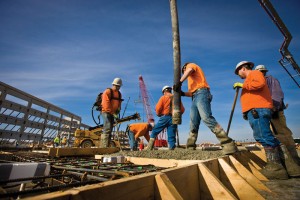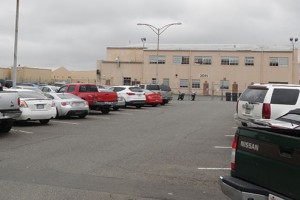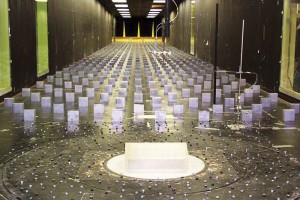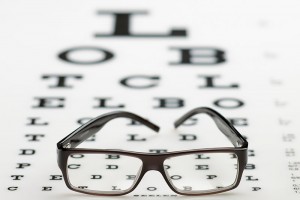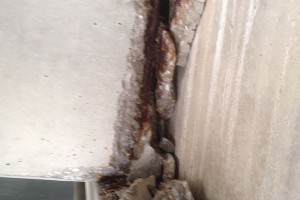A change is coming this year to the familiar ACI 318, Building Code Requirements for Structural Concrete, published by the American Concrete Institute. The existing format of ACI 318 dates back to the 1960s, and feedback from code users in recent years has made it clear that a modernized version is necessary. Especially for rapidly evolving parts of the industry, such as tilt-up construction, the new code should ensure greater overall consistency and accuracy. …
Review Category : Articles
The Symbols of Progress Do Not Have an Age
March 31, 2014 marked the 125th anniversary of the inauguration of the Eiffel Tower. Erected in 1889 on Champs de Mars in Paris for the Fourth World Exposition, the Eiffel Tower became famous even before its opening. …
Balancing blast load design and research with project requirements can be challenging. A simple renovation, like one including window replacement, may seem straightforward especially when seismic rehabilitation is not a concern, but on a West Coast US Military Base it is anything but. Accurately incorporating blast research with what is known about the construction of an existing building is the focus of this article. …
The wind load provisions in ASCE 7 can seem overly complicated and confusing. One common criticism is that more than one method is permitted to compute the main wind force resisting system (MWFRS) loads for rigid low-rise buildings (≤ 60 feet high), and that this can produce different results. This article discusses the key research and the development of these different MWFRS wind load methods, and draws heavily from the archives of the Metal Building Manufacturers Association (MBMA) – a key player in sponsoring research that has led to the understanding and codification of wind loads on low-rise buildings. …
Virtue ethics has been around for at least 2,500 years, and the classic work about it will always be Aristotle’s Nicomachean Ethics. However, contemporary proponents must address a wide range of additional issues and objections that have come up over the intervening centuries, including those raised by modern alternative approaches like deontology and consequentialism (“Rethinking Engineering Ethics,” November 2010). …
Having completed the first year of my term as CASE chair, it has been a privilege to be introduced to, and get to know, so many committed engineering professionals who are working very hard for the betterment of the profession. As part of my duties, I attended both the ASCE/SEI Structures Congress and ACEC Spring Convention in April. I was able to hear very interesting keynote speakers and take in several great sessions at both conferences …
The State of the Industry
Typically, the term fiber reinforced polymer (FRP) composite is used to describe product applications in the aerospace, military or recreational industries, (e.g. skis, boats, race cars, or golf clubs). However, over the last twenty-five years, the civil infrastructure industry has been conducting continual testing and multi-million dollar project applications of FRP composite materials. Even though the other abovementioned industries have remained the primary consumers, the use of FRP composites in civil infrastructure is fast becoming a major contender. …
How will the practice of structural engineering and the industry as a whole evolve from its current state? What are the opportunities and challenges in our continually changing industry? To answer these questions and more, the ASCE Structural Engineering Institute (SEI) surveyed structural engineering leaders nationwide in January 2013. Questions ranged from basic demographics to operational issues, licensure, and the ranked importance of external influences on the professional in the coming decade. …
Part 5: The Follow-up
This article is a continuation of a previous four-part series entitled The Triage, Life Support and Subsequent Euthanasia of an Existing Precast Parking Garage. Part 4 appeared in the April 2014 issue of STRUCTURE magazine. Pennoni conducted a follow-up structural condition assessment a little more than one year after the original investigation, which was completed in December 2012. …
When the author first started his structural engineering career in the 1980s, common cold-formed steel applications in buildings were primarily limited to steel roof and floor deck, interior non-load bearing partition walls, and curtain wall framing; in other words, secondary members. As a structural engineer designing buildings, one could rely on manufacturers’ literature, such as steel deck catalogs, or delegate the design of these cold-formed steel applications to contractors or specialty structural engineers through performance specifications. Significant experience in cold-formed steel framing design was not required. …

